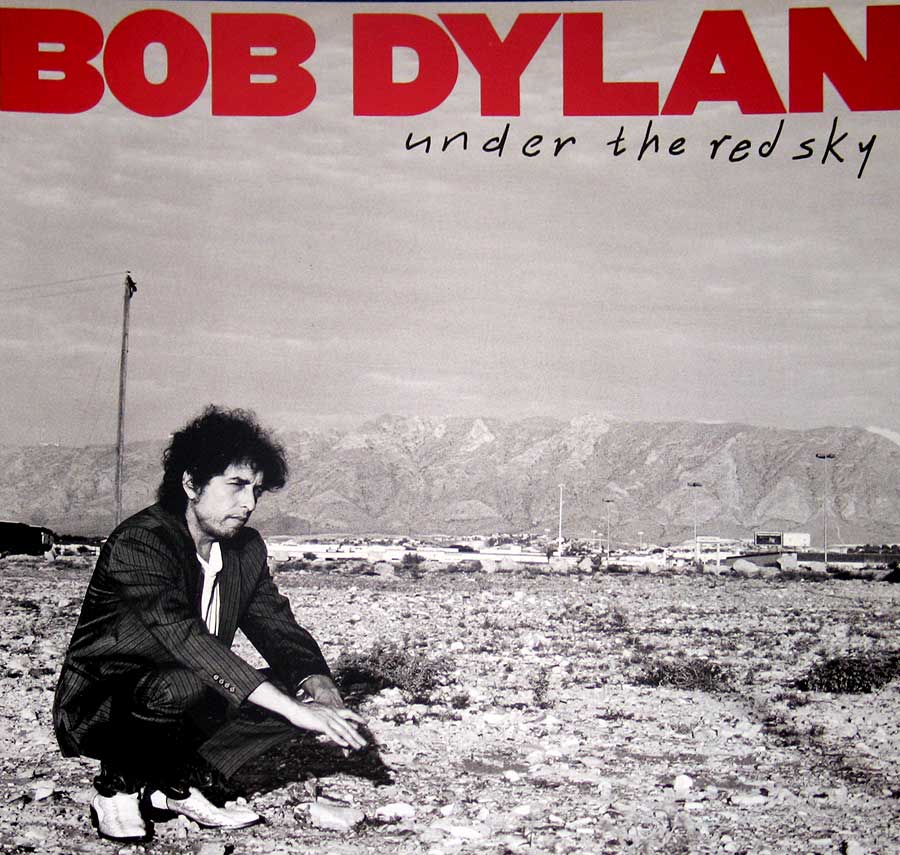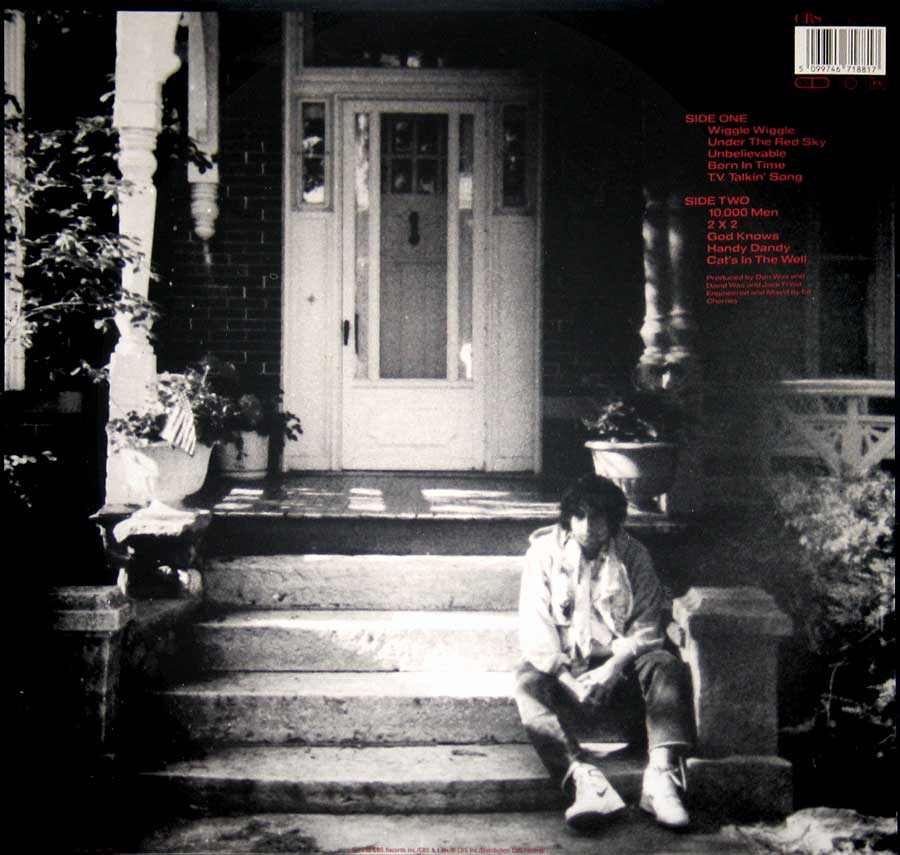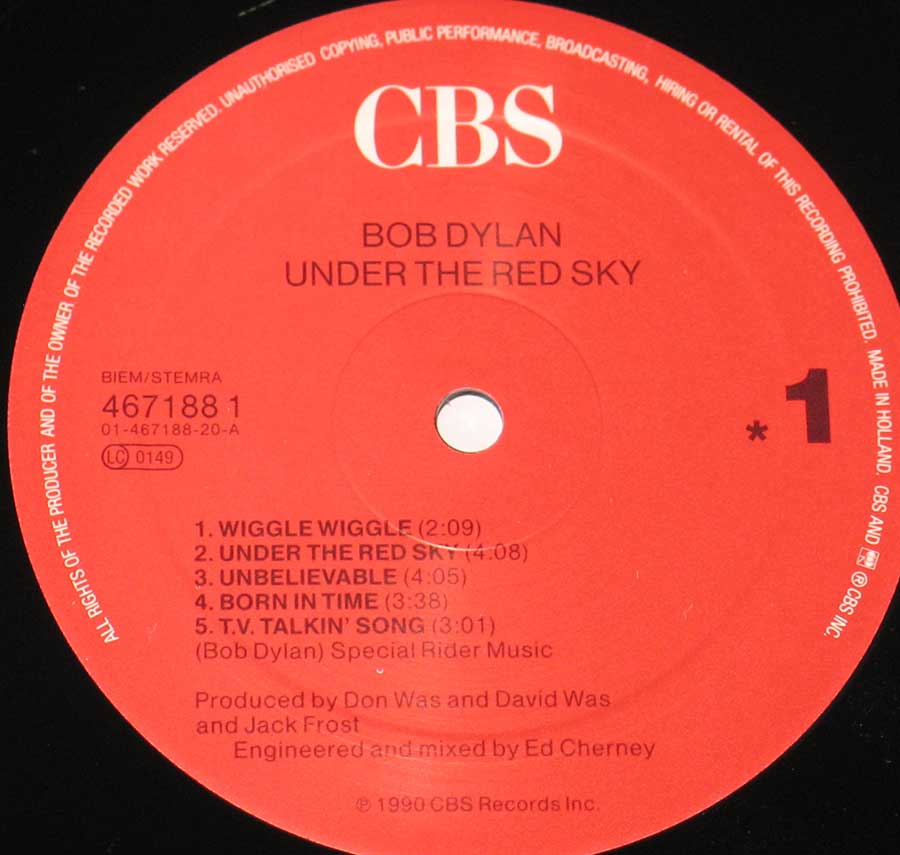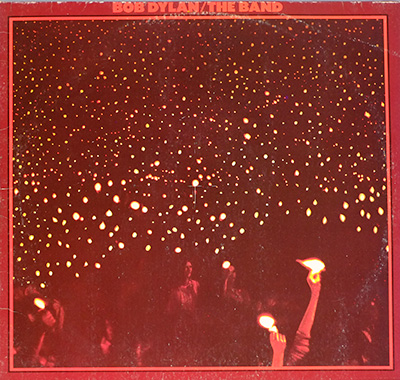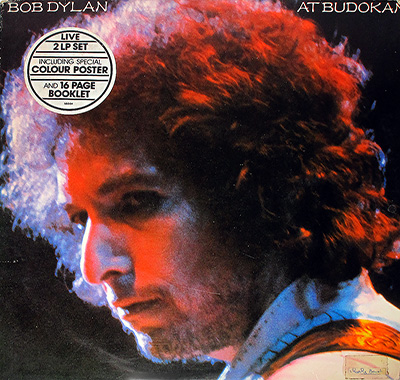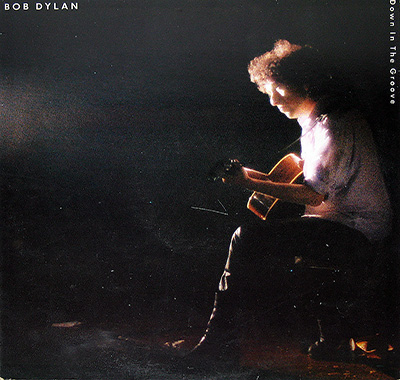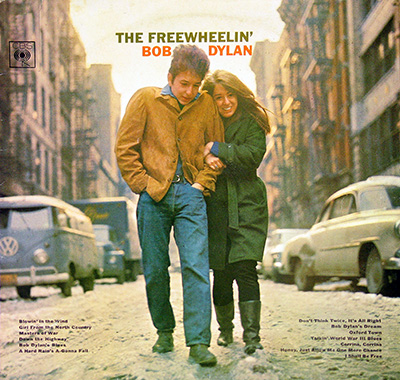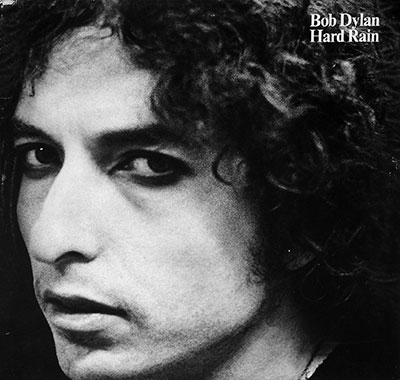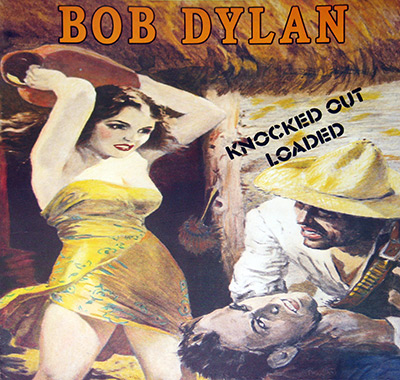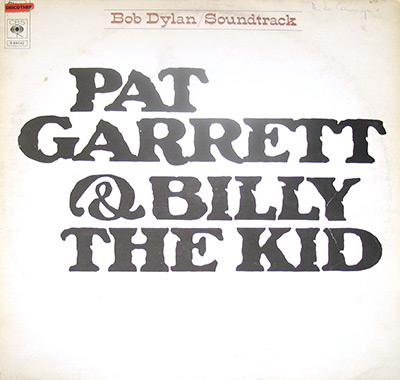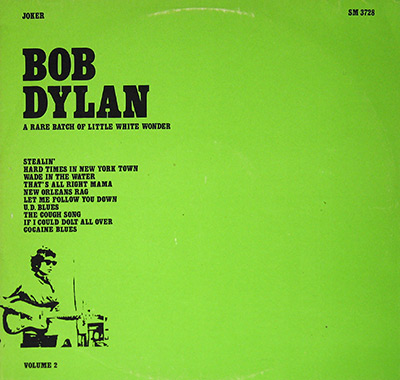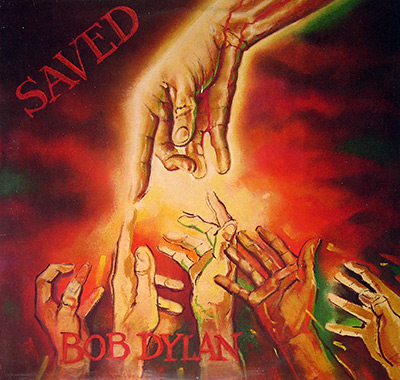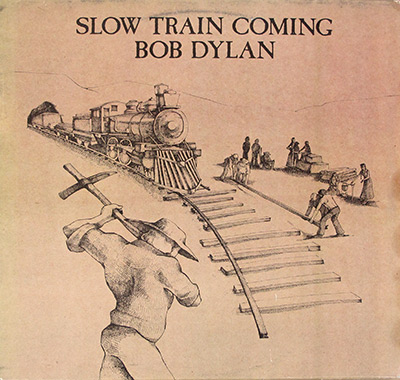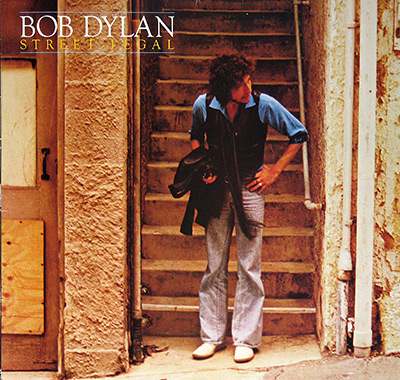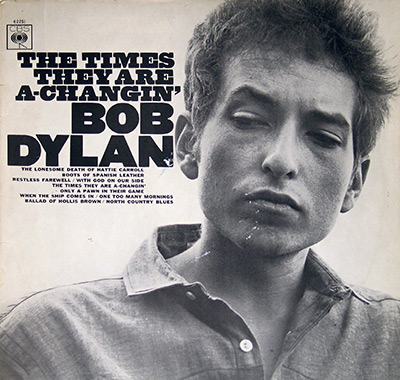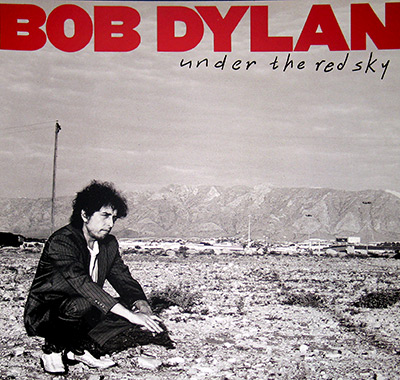David Crosby, the kind of singer-songwriter who made the 1960s feel both smarter and more combustible, hit first as a key voice in The Byrds in the mid-60s, where folk-rock got electrified and suddenly sounded like the future. After that, I watched him pivot into Crosby, Stills & Nash from 1968 onward, turning harmony into a weapon and a comfort blanket at the same time, then kick the whole thing wider with Crosby, Stills, Nash & Young starting in 1969, when the songs got longer, the stakes got heavier, and the era started leaving fingerprints on every chorus. Reunions kept flaring up through the 70s and later decades, because some chemistry refuses to stay dead. David Crosby Wiki
"Under The Red Sky" Album Description:
Historical Context in 1990
""Released in 1990, Under the Red Sky arrived at a time of significant global and musical shifts. The Cold War was drawing to a close, with the Berlin Wall having fallen in late 1989, and the world was adjusting to rapid political changes. Musically, the decade was poised on the brink of grunge and alternative rock, but still rooted in late-’80s pop, hair metal, and the tail end of ’80s synthetic production. For Dylan, entering his third decade of recording, this era marked a curious pause between his more serious mid-’80s work and his soon-to-come spiritual renaissance.
Genre and Peer Artists
Although the album is broadly tagged as “folk rock,” its sound stretches well beyond. There’s a playful pop-rock sheen, occasional bluesy elements, and a sense of whimsical narrative. In 1990, artists like Tom Petty and the Heartbreakers, R.E.M., and Lenny Kravitz were delivering rootsy, melody-driven music that resonated with audiences craving authentic instrumentation after the glossy ’80s. Dylan’s album sits adjacent to those artists—with a more eccentric, lyrically curious slant—and offers a contrast: while others mined nostalgia and clear rock structures, Dylan leaned into quirky storytelling and childlike surrealism.
Musical Exploration on Under the Red Sky
This album signals Dylan embracing a lighter, more playful atmosphere. Songs like “Wiggle Wiggle” and “Unbelievable” feature a bouncing, almost cartoonish energy, while “Born in Time” and “Cat’s in the Well” bring in a more introspective, melodic sheen. The songwriting treads familiar territory—bittersweet longing, cryptic characters, humorous absurdity—but wrapped in slightly off-kilter pop arrangements. It’s a curious hybrid: neither fully earnest folk narrative, nor slick pop, but something lighter, more eccentric.
Key Figures Behind the Recording
Production was handled by Don Was, David Was, and a credited “Jack Frost” (a pseudonym Dylan sometimes used). The Was brothers were known for their work with R&B-inflected pop and rock, bringing a polished but soulful approach. The lineup of collaborators is busy and star-studded: Slash contributes his signature blues-tinged guitar; David Crosby and George Harrison appear, lending a sense of classic ’60s folk-rock heritage; Bruce Hornsby, Elton John, Jimmie Vaughan, Stevie Ray Vaughan, Al Kooper, Waddy Wachtel, David Lindley, Jaimie Muhoberac, Randy Jackson, Kenny Aronoff, Robben Ford, Paulinho Da Costa, and more—all blend in, transforming the record into a rotating salon of high-caliber musicianship. Their presence creates a layered, textured sound, with influences from rock, blues, soul, and pop converging under Dylan’s direction.
Band History and Line-Up Flow
By 1990, Dylan’s “band” wasn’t a fixed entity, but a revolving collective. He’d moved through various phases—early folk-rock in the ’60s with The Band, gospel excursions late in the ’70s, electric ’80s period, collaborations with travelin’ jugglers and backing units. For Under the Red Sky, the “band” assembled in the studio, with top-flight session musicians and celebrity guests bringing their own flavor. This approach had become part of Dylan’s modus operandi: gathering inventive players to layer texture around his songwriting. In that sense, the album reflects Dylan’s enduring practice of reinventing his sound through collaborators rather than a steady touring group.
Controversies and Reception
The album proved controversial among fans and critics. Expectations for Dylan were high—and many bristled at the seemingly unserious tone, upbeat pop sheen, and playful lyrics, which clashed with his reputation as a poetic, weighty songwriter. Tracks like “Wiggle Wiggle” puzzled listeners accustomed to his more cryptic, social-commentary-laden works. Some critics dismissed the album as lightweight or insubstantial, while others detected a sly self-parody or a re-embracing of childlike wonder. Dylan’s use of a colorful, almost cartoonish persona unsettled those expecting gravitas. Yet others appreciated the levity and looseness, valuing it as an unguarded detour in a vast body of serious work.
